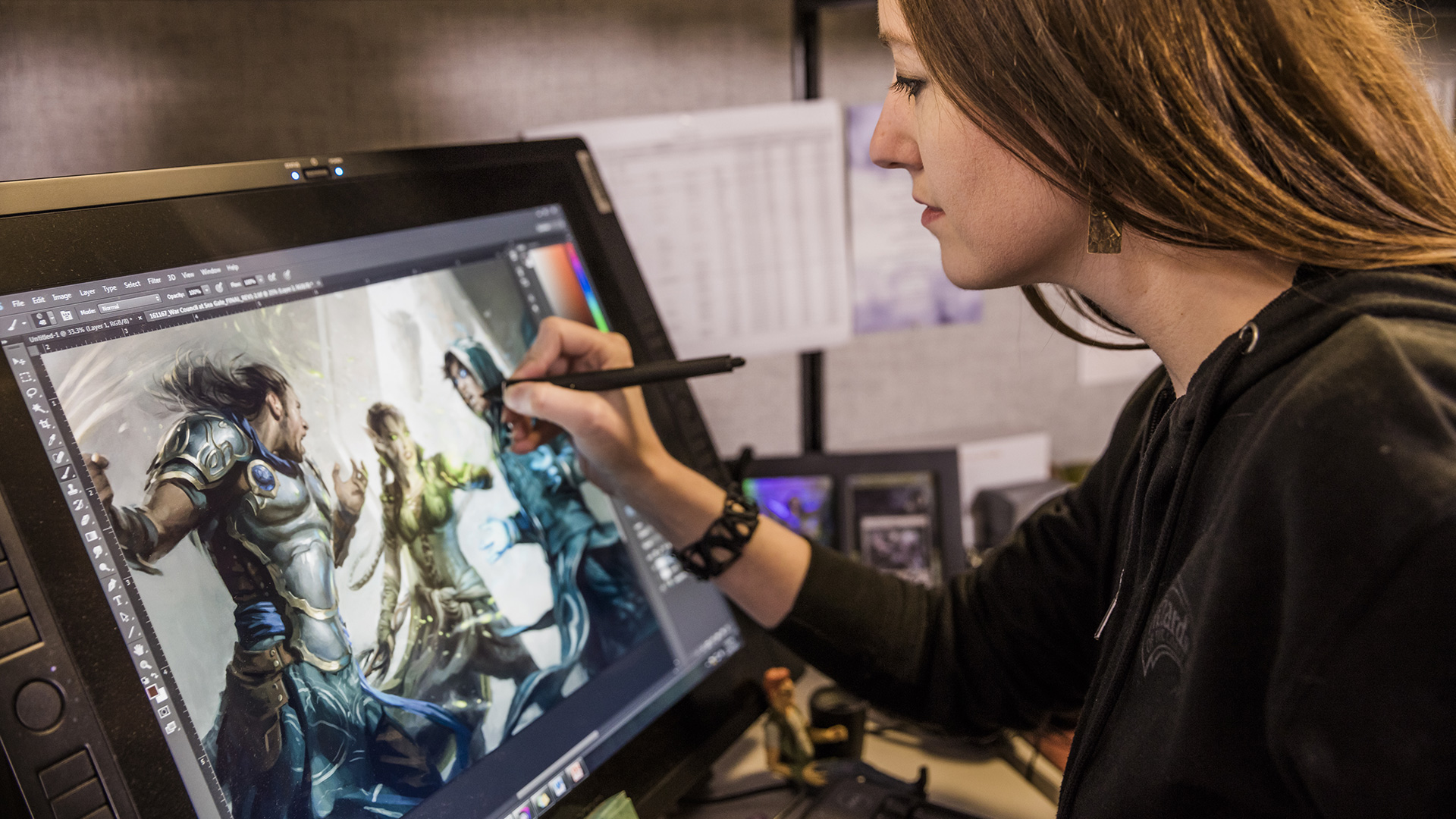
Game art and game design are two distinct aspects of game development, although they are closely related and often work together.
Game art refers to the visual and audio elements of a game, including the characters, environments, user interface, and sound effects. This includes the creation of 2D and 3D graphics, animations, and audio elements that help create an immersive and engaging game world. Game artists may use various tools and software programs such as Photoshop, Maya, or Unity to create their work.
Who is a game artist?
A game artist is a professional who specializes in creating the visual and audio elements of a video game. Game artists use a range of skills, including illustration, graphic design, animation, and sound design, to create the look and feel of the game world.
The specific role of a game artist can vary depending on the game development team and the type of game being created. For example, a game artist may specialize in character design, creating the visual appearance and animations of the game’s characters. Alternatively, they may focus on environment art, designing the landscapes, buildings, and objects that make up the game world. They may also work on creating the user interface and menus that players interact with, or the sound effects and music that bring the game world to life.
Game design, on the other hand, refers to the conceptualization and planning of a game. This involves creating the rules, mechanics, and objectives that players will interact with in the game. Game designers may also be responsible for creating the narrative or story of the game, as well as developing the user interface and experience. They may use tools such as flowcharts, game engines, or scripting languages to create their designs.
Who is a game designer?
A game designer is a professional who is responsible for designing the rules, mechanics, and overall gameplay experience of a video game. Game designers work collaboratively with other members of a game development team, such as artists, programmers, and producers, to create a game that is fun, engaging, and balanced.
The role of a game designer can vary depending on the type of game being developed and the size of the development team. For example, a game designer may focus on creating the story and narrative of a game, while another designer may focus on designing the levels and puzzles that players will encounter. They may also work on developing the user interface, designing the game’s progression system, or balancing the difficulty of the game to ensure that it is challenging but not frustrating for players.
Game designers typically use a variety of tools and techniques to create their designs. They may use flowcharts, wireframes, or storyboards to map out the game’s mechanics and structure. They may also use game engines, programming languages, and other specialized software to create prototypes and test their ideas.
Overall, game art focuses on creating the visual and audio elements of a game, while game design focuses on creating the gameplay and user experience. Both are important aspects of game development, and a successful game requires strong contributions from both game artists and game designers.
